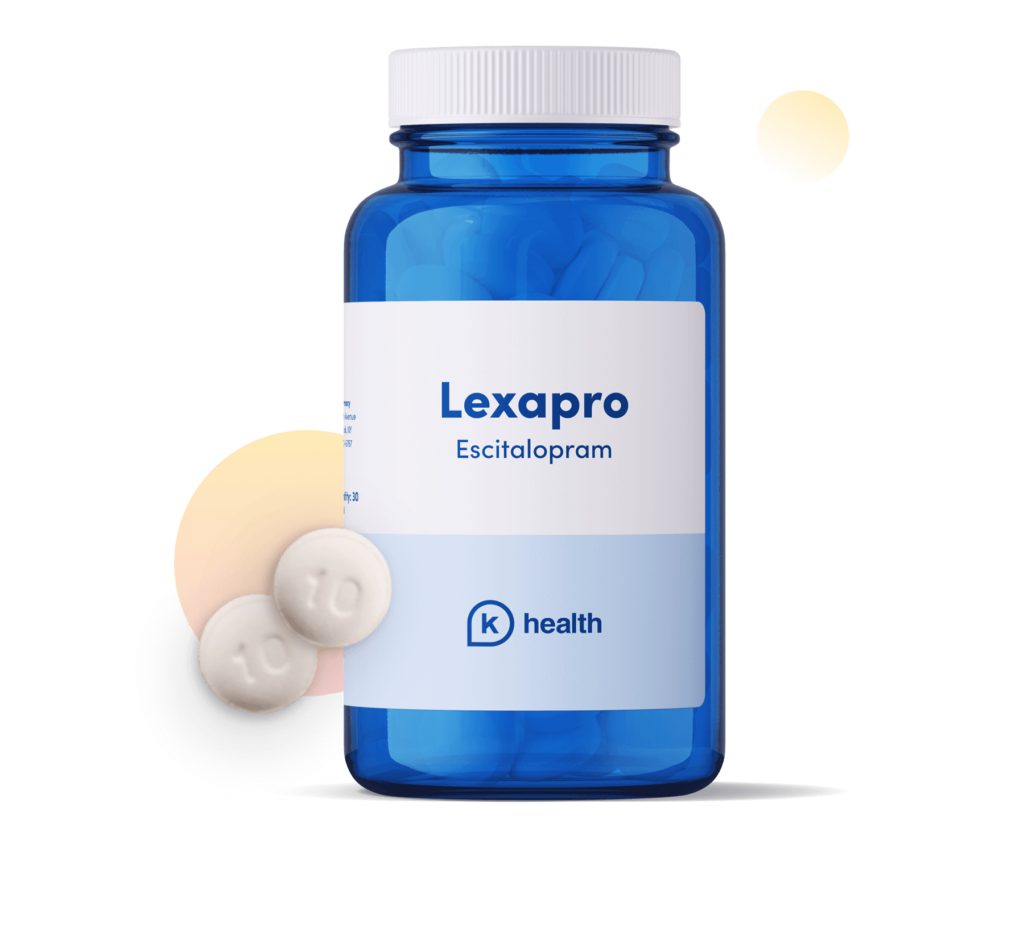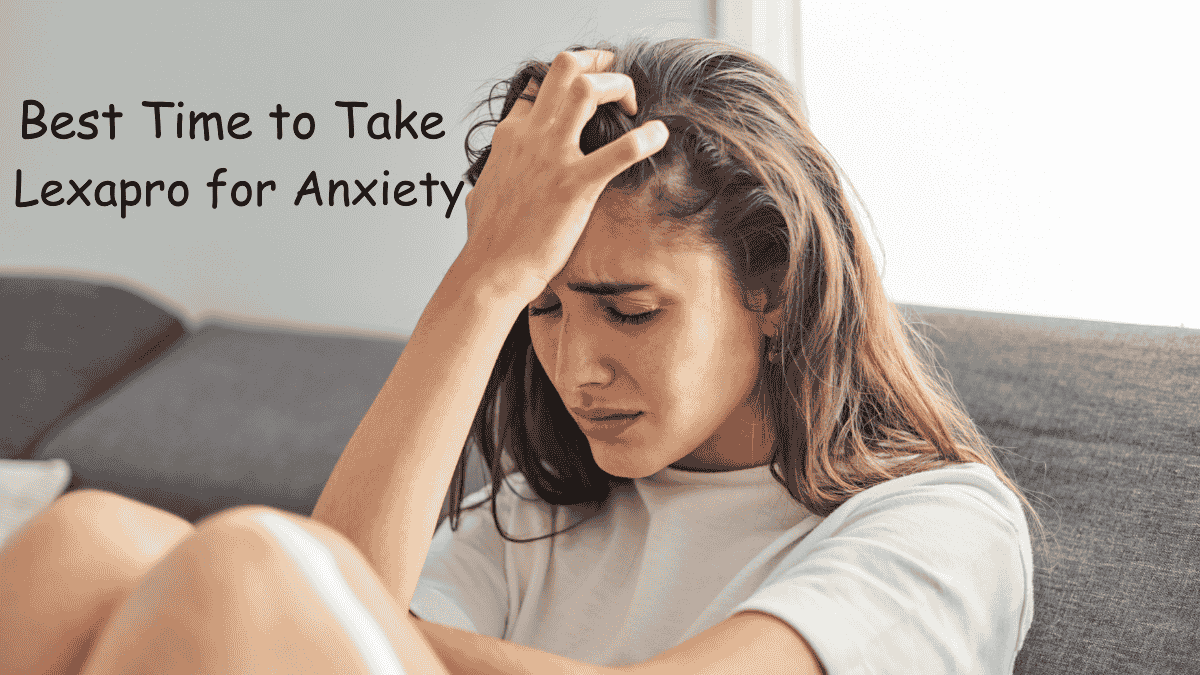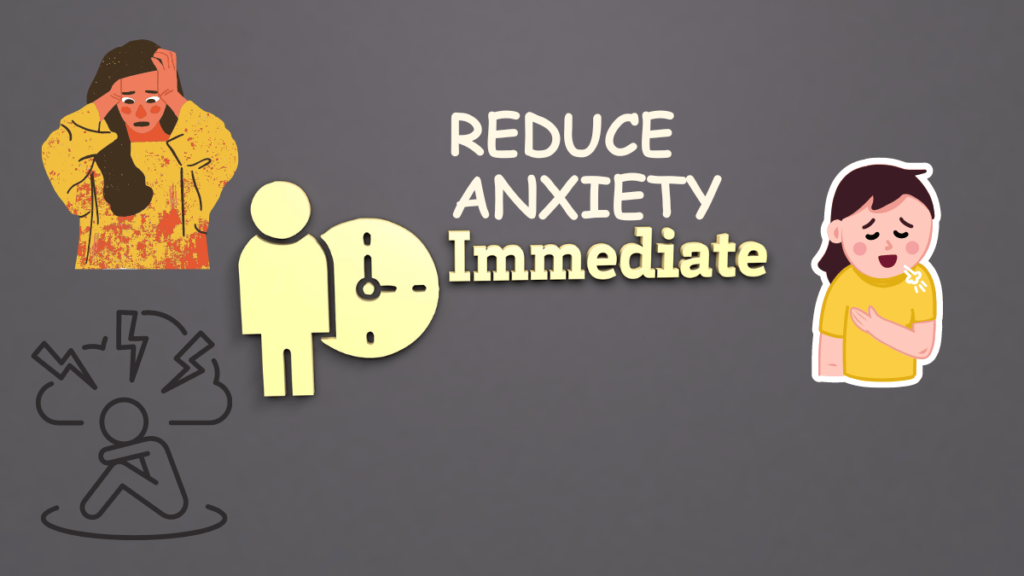In today’s fast-paced world, anxiety and stress have become common challenges for many people. Finding effective treatment options is crucial for managing these conditions and improving overall well-being. One medication that has been widely prescribed for anxiety and depression is Lexapro.
What is Lexapro?
Lexapro, the brand name for the drug escitalopram, is a type of antidepressant known as a selective serotonin reuptake inhibitor (SSRI). It is commonly used to treat anxiety disorders, major depressive disorder, and sometimes other conditions. Lexapro works by influencing the levels of serotonin, a neurotransmitter in the brain that affects mood, emotion, and sleep.
How Lexapro Helps with Anxiety
Lexapro helps with anxiety by increasing the levels of serotonin in the brain. Serotonin is a chemical messenger that plays a key role in regulating mood, anxiety, and other emotional states. By preventing the reuptake (reabsorption) of serotonin into nerve cells, Lexapro allows more serotonin to remain in the brain, which can improve mood and reduce anxiety.
- Regulation of Mood: By increasing serotonin levels, Lexapro can help stabilize mood and reduce feelings of excessive worry or fear.
- Reduction in Anxiety Symptoms: Many people taking Lexapro experience a decrease in anxiety symptoms such as restlessness, irritability, and tension. This can make it easier to cope with daily stressors and reduce the impact of anxiety on daily life
- Improvement in Sleep: Anxiety often disrupts sleep, leading to further issues with mood and overall health. Lexapro can help improve sleep patterns by addressing anxiety, which in turn contributes to better sleep quality.
- Long-Term Relief: While it may take a few weeks to notice the full effects, Lexapro can provide long-term relief from chronic anxiety, helping individuals achieve a more stable and balanced emotional state.
How Lexapro Works
Lexapro (escitalopram) is a selective serotonin reuptake inhibitor (SSRI). It primarily affects the brain’s neurotransmitter system, particularly serotonin. Here’s how it works:
- Serotonin Reuptake Inhibition: In the brain, serotonin is released from one nerve cell and binds to receptors on another nerve cell, transmitting a signal. After this, serotonin is typically reabsorbed (reuptake) into the original nerve cell. Lexapro inhibits this reuptake process, leading to increased levels of serotonin in the synaptic gap between nerve cells. This enhanced serotonin activity helps improve mood and reduce anxiety.
- Mood Stabilization: By increasing serotonin levels, Lexapro helps stabilize mood and emotional responses. Elevated serotonin levels can lead to improved mood, reduced anxiety, and a general sense of well-being.
- Neuroplasticity: Long-term use of SSRIs like Lexapro may also influence neuroplasticity, the brain’s ability to adapt and change. This can contribute to the drug’s effectiveness in treating depression and anxiety by promoting healthier brain function over time.

Common Dosages and Forms
Lexapro is available in several forms and dosages, allowing for flexibility in treatment based on individual needs:
Oral Tablets
- 10 mg: Often used as a starting dose or for mild to moderate cases of anxiety or depression.
- 20 mg: Typically used as a standard or maximum dose, depending on the individual’s response and tolerance.
Oral Liquid Solution
- 1 mg/mL: This form is useful for people who have difficulty swallowing tablets or need a more precise dosage adjustment. The liquid solution allows for flexibility in dosing, which can be adjusted based on the patient’s needs.
Typical Dosage Guidelines
- Starting Dose: Usually, the initial dose is 10 mg once daily, often taken in the morning or evening.
- Adjustment: The dosage may be adjusted based on response and tolerance, typically after a few weeks. The maximum recommended dose is 20 mg per day.
Administration Tips
- Lexapro can be taken with or without food.
- Consistency in the timing of the dose can help maintain stable drug levels in the body and improve effectiveness.
Always follow your healthcare provider’s instructions regarding dosage and form, as they will tailor the treatment based on your specific condition and response to the medication. Regular follow-ups are important to monitor the drug’s effectiveness and adjust the dosage if needed.
Optimal Timing for Taking Lexapro
Morning vs. Evening: What Works Best?
When it comes to taking Lexapro, the timing of the dose can be an important consideration, although individual preferences and responses may vary. Here’s a breakdown of the factors to consider:
Morning Dosing
- Benefits: Many people find it beneficial to take Lexapro in the morning. This is because some individuals experience side effects such as increased energy or slight agitation, which might be more tolerable during the day. Taking it in the morning can also help maintain a routine and ensure consistency.
- Considerations: If Lexapro causes you to feel more awake or energetic, morning dosing can help align the medication’s effects with your daily activities.
Evening Dosing
- Benefits: For those who experience drowsiness or fatigue as a side effect, taking Lexapro in the evening might be preferable. This timing can help minimize daytime sleepiness and align the medication’s sedative effects with your nighttime rest.
- Considerations: If Lexapro affects your sleep patterns, evening dosing might help avoid disruption to your daily routine.
How Timing Affects Efficacy
The timing of Lexapro can impact its efficacy and your overall experience with the medication:
- Consistency: The most important factor is to take Lexapro at the same time each day. Consistency helps maintain stable levels of the medication in your bloodstream, which is crucial for its effectiveness in managing symptoms of anxiety and depression.
- Side Effects Management: If Lexapro causes side effects that interfere with your daily activities or sleep, adjusting the timing can help mitigate these issues. For instance, if you experience insomnia, taking Lexapro in the morning might be beneficial. Conversely, if you feel excessively drowsy, evening dosing might be better.
- Routine Adherence: Establishing a consistent routine helps ensure you don’t miss doses, which is key to maintaining the medication’s efficacy. Choose a time that fits seamlessly into your daily routine to enhance adherence.
- Individual Response: Each person’s response to Lexapro can be different. While some might do well with morning dosing, others might find evening dosing more suitable. Monitoring your response and discussing it with your healthcare provider can help determine the optimal timing for you.
Conclusion
Finding the optimal time to take Lexapro for anxiety can significantly impact your treatment’s success and your overall experience with the medication. While the choice between morning and evening dosing depends on individual responses and lifestyle factors, the key is consistency. Taking Lexapro at the same time each day ensures stable drug levels in your system, which is crucial for effectively managing anxiety and maintaining a balanced mood.
If you experience side effects or have specific concerns about timing, consult your healthcare provider. They can help tailor your dosing schedule to fit your needs, ensuring that you receive the maximum benefit from your treatment while minimizing any potential drawbacks. Regular follow-ups with your provider will also help monitor your progress and make any necessary adjustments to your regimen.


